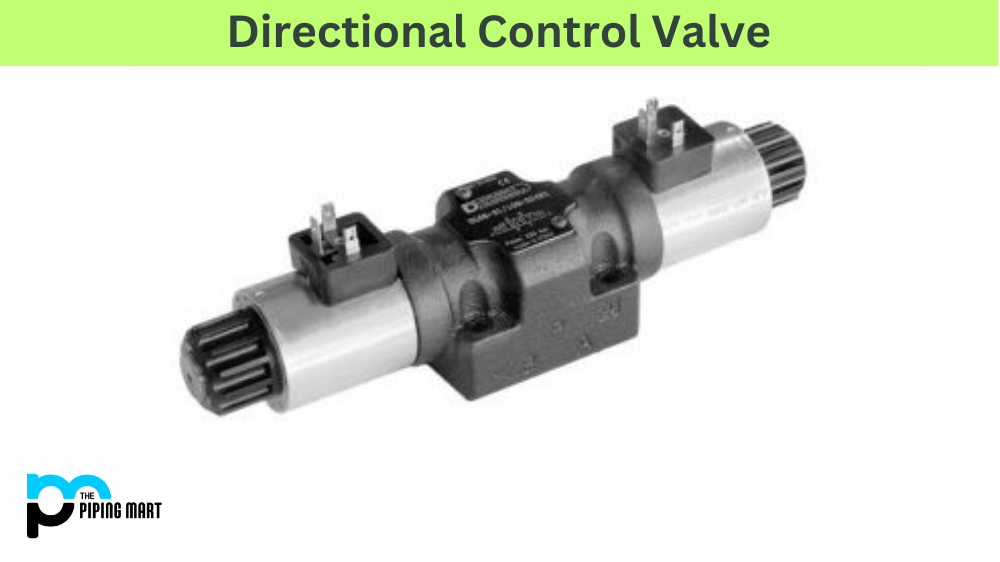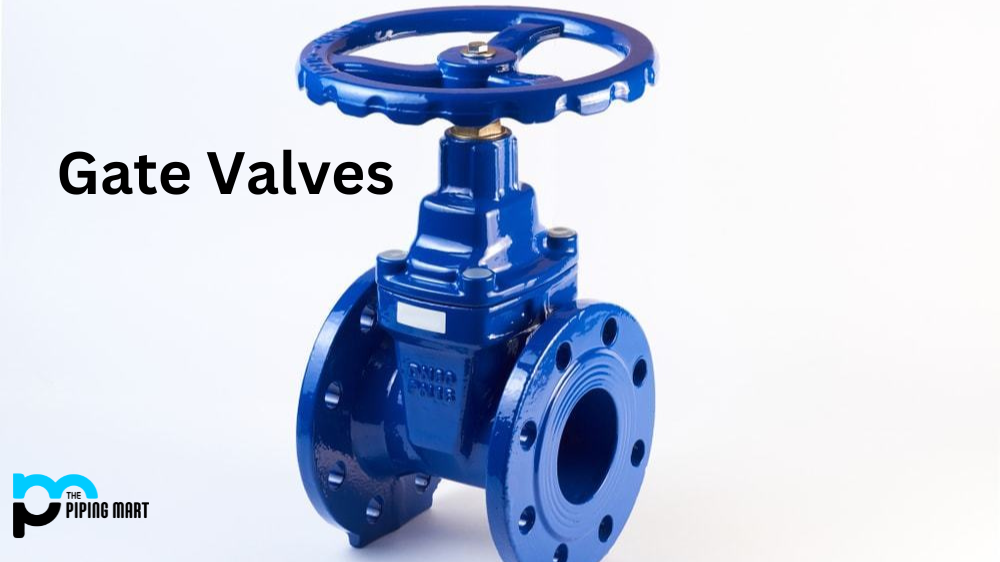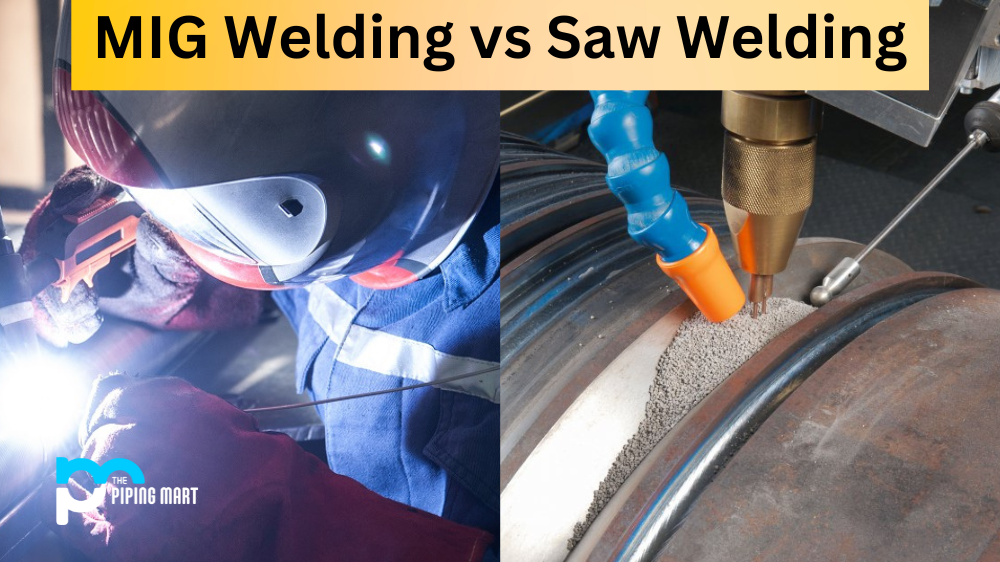Directional control valves are crucial components in hydraulic or pneumatic systems, allowing the control of fluid or airflow to actuate machinery and equipment. Choosing the most suitable directional control valve type for a specific system application can be challenging. This blog post provides a comprehensive guide to directional control valve types, including their functions, construction, and applications, to help you make an informed decision.
Types of Directional Control Valve
Spool Type Valve
Spool-type directional control valves are the most common type of valve used in hydraulic systems. They consist of a spool inside a bore that slides left or right to control fluid flow. Spool valves come in two-, three-, four-, or more-way configurations and are available in different styles such as spring-centred, detent, or solenoid-operated. These valves are highly versatile and can be used in various applications, including mobile and industrial machines, construction equipment, and material handling systems.
Open Directional Control Valve
When it comes to fluid power systems, selecting the correct valve is crucial. An open directional control valve is commonly used in hydraulic and pneumatic systems to direct the flow of fluids. It features a spool with openings that allow fluid to flow through in a particular direction and can be manually or automatically operated. Understanding the function and operation of this valve is essential for maintaining a reliable and efficient system. As an expert in fluid power, consider an open directional control valve for your system.
Poppet Valve
Poppet valves are another directional control valve that uses a piston or ball to control fluid flow. They are typically used in low-pressure and low-flow applications and are ideal for controlling airflow. Poppet valves are more straightforward in construction than spool-type valves and require less maintenance. They come in two main types: pressure-actuated and manually actuated, and they are mainly used in compressed air systems, primarily tools and control circuits.
Rotary Valve
Rotary valves consist of a circular disc that rotates inside a housing to control fluid flow. They come in two-, three-, or four-way configurations and are suitable for high flow-rate applications. Rotary valves have a compact design and are reliable as they have minimal moving parts. They are commonly used in hydraulic and pneumatic material handling systems, agricultural machinery, and mobile equipment.
Slide Valve
Slide valves are similar to spool valves but use a sliding plate or sleeve to control fluid flow instead of a spool. They are typically used in low-pressure and low-flow applications and are often employed in pneumatic and hydraulic control circuits. Slide valves are available in two- and three-way configurations and are favoured for their simplicity, low cost, and easy installation.
Pilot-Operated Valve
Pilot-operated directional control valves use a smaller pilot valve to control fluid flow in a larger control valve. The pilot valve operates the main valve by regulating the pressure and flow of fluid, allowing for precise control of the machinery. Pilot-operated valves are suitable for high flow-rate applications and are often used in systems that require remote or automated control.
Conclusion
When choosing the suitable directional control valve, it’s considered your system’s requirements, including flow rate, pressure, temperature, and environment. Selecting the wrong valve type can lead to system malfunction, reduced efficiency, and even damage to the equipment. We hope this comprehensive guide to directional control valve types has helped guide your decision to choose the most suitable valve for your system. Always consult a professional before installing or replacing any directional control valve to ensure optimal performance and safety.

Meet Bhavesh, a seasoned blogger with a wealth of knowledge and experience. From metal products manufacturing to retail, Bhavesh has a diverse background in various industries and is dedicated to sharing his insights and expertise with readers.




